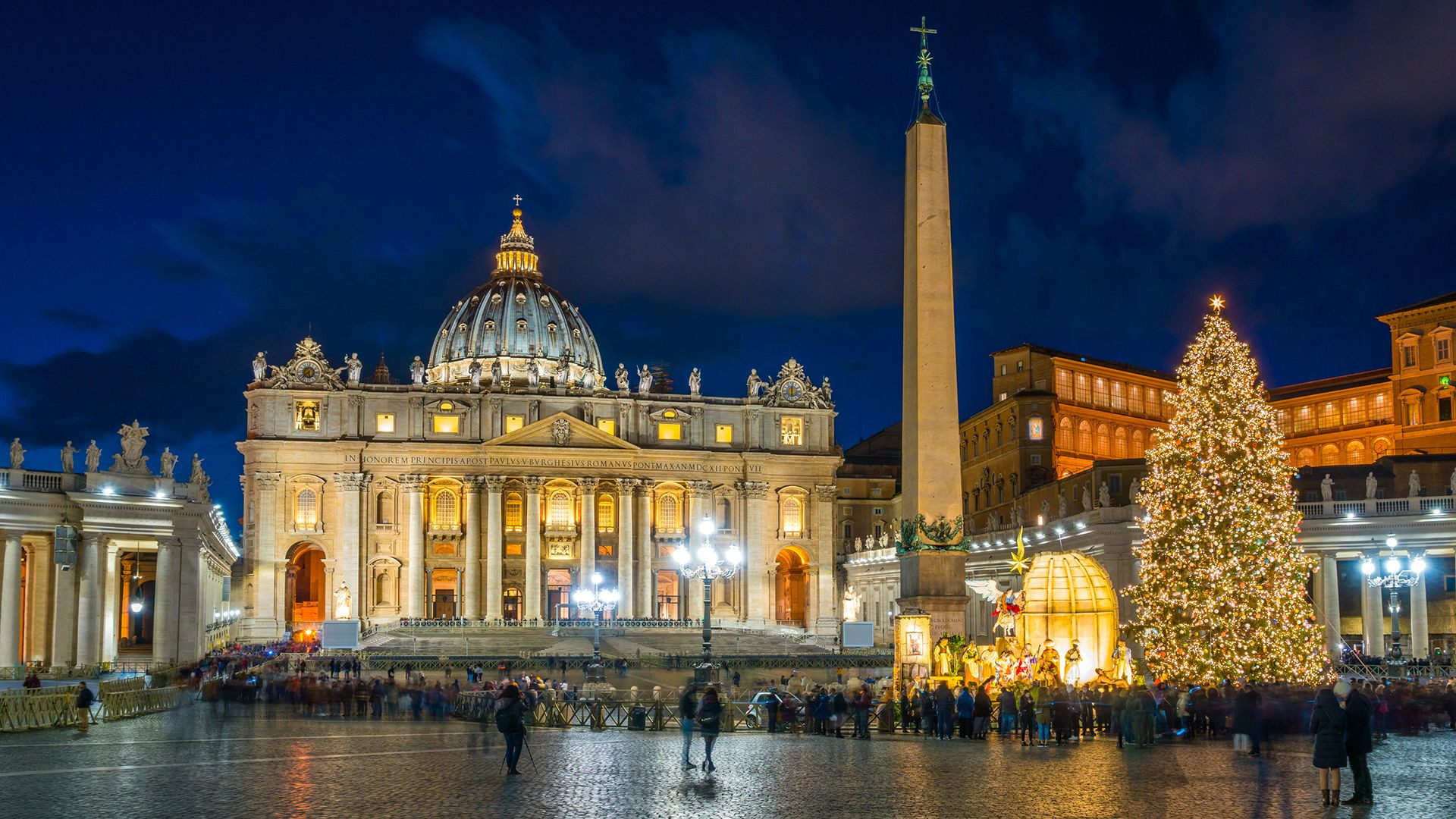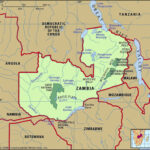Vatican City, a name synonymous with religious power and historical grandeur, often sparks a fundamental question: Where Is Vatican City located? This independent city-state, the smallest country in the world, is nestled entirely within the city of Rome, Italy. Encircled by medieval and Renaissance walls, except for the open expanse of St. Peter’s Square, Vatican City is an enclave on the west bank of the Tiber River, a unique geographical and political entity at the heart of Italy.
 Aerial view of Vatican City, showcasing St. Peter's Basilica and surrounding walls, emphasizing its location within Rome
Aerial view of Vatican City, showcasing St. Peter's Basilica and surrounding walls, emphasizing its location within Rome
While geographically contained within Rome, Vatican City operates as a fully independent nation-state. Its boundaries, largely defined by ancient walls, create a distinct separation despite its urban setting. Only six entrances punctuate these walls, with just three readily accessible to the public: the iconic St. Peter’s Square, the Arco delle Campane adjacent to St. Peter’s Basilica, and the entrance to the renowned Vatican Museums and Galleries. This controlled access highlights the Vatican’s unique status as a sovereign entity within a bustling European capital.
 Panoramic view of Vatican City, highlighting St. Peter's Square and the architectural details within the city-state
Panoramic view of Vatican City, highlighting St. Peter's Square and the architectural details within the city-state
Dominating the Vatican skyline is St. Peter’s Basilica. Originally constructed in the 4th century and extensively rebuilt in the 16th century, this basilica stands as a testament to centuries of religious devotion and architectural prowess. Erected over the tomb of St. Peter, considered one of Jesus Christ’s apostles, it holds immense significance for Christians worldwide. St. Peter’s Basilica is not only a central landmark within Vatican City but also the second-largest religious building in Christendom, surpassed in size only by the Yamoussoukro Basilica in Côte d’Ivoire.
 Exterior view of St. Peter's Basilica in Vatican City, showcasing its dome and architectural grandeur
Exterior view of St. Peter's Basilica in Vatican City, showcasing its dome and architectural grandeur
Within the Vatican walls lies the Vatican Palace, the official residence of the Pope. The Pope, as the bishop of Rome, leads the Holy See, the governing body of the Roman Catholic Church. The Holy See’s influence extends globally, overseeing Catholic communities across the world. Since 1929, Vatican City has served as the territorial base for the Holy See, granting the Pope the independence necessary to exercise his religious authority without political interference. This independence was formally established through the Lateran Treaty with Italy, solidifying Vatican City’s sovereignty.
Vatican City, despite its diminutive size of just 0.44 square kilometers (0.17 square miles), functions as a fully operational state. It possesses its own comprehensive infrastructure, including a telephone system, postal service, exquisite gardens, an astronomical observatory for celestial studies, a radio station broadcasting globally, a banking system to manage its finances, and even a pharmacy to serve its residents. Adding to its unique character, the Swiss Guards, a dedicated military unit, have been responsible for the Pope’s personal safety since 1506, a tradition steeped in history and loyalty. Interestingly, Vatican City manages its finances without income tax, relying on contributions from the global Catholic population, investment income, and revenue from the sale of stamps, coins, and publications.
Historically, the Vatican’s influence extended beyond its current borders. From the 4th century until 1870, it controlled a significant territory around Rome, known as the Papal States. Vatican City itself came into being as an independent entity in 1929. The Pope, upon election, holds absolute executive, legislative, and judicial power within Vatican City, a unique concentration of authority in the modern world. While the Pope retains ultimate sovereignty, the day-to-day administration of Vatican City is delegated to a commission of cardinals, overseen by the Secretariat of State. The population of Vatican City is comprised mainly of priests and nuns, along with lay individuals fulfilling essential roles in administration, domestic services, and various trades.
 Close-up view of Vatican City architecture, emphasizing the historical and artistic details of the buildings
Close-up view of Vatican City architecture, emphasizing the historical and artistic details of the buildings
Beyond Vatican City’s immediate borders, its influence extends to other properties in Rome and Castel Gandolfo, the Pope’s summer residence in the Alban Hills, which enjoy special extraterritorial privileges. Vatican City also maintains diplomatic relations with numerous countries worldwide, further underscoring its international standing.
Culturally rich, Vatican City boasts a legacy that flourished during the Renaissance when Popes were prominent art patrons. Today, the Vatican Museums and Galleries, the Sistine Chapel adorned with Michelangelo’s breathtaking frescoes, Pinturicchio’s artistry in the Borgia Apartment, and Raphael’s Stanze (“Rooms”) continue to draw art enthusiasts and tourists globally. The meticulous restoration of the Sistine Chapel frescoes, completed in 1994, revealed Michelangelo’s masterpieces in their vibrant original colors, captivating visitors anew. The Vatican Apostolic Library houses an invaluable collection of ancient manuscripts and printed books, preserving knowledge from pre-Christian and early Christian eras. The Vatican also operates its own newspaper, L’Osservatore Romano, and produces television and radio broadcasts in multiple languages, disseminating its message worldwide. Recognized for its unparalleled cultural and historical significance, Vatican City was designated a UNESCO World Heritage site in 1984, solidifying its place as a treasure of global heritage.
 Artistic treasures within Vatican City, showcasing sculptures and artistic collections, highlighting its cultural significance
Artistic treasures within Vatican City, showcasing sculptures and artistic collections, highlighting its cultural significance
In conclusion, Vatican City, while physically located within Rome, Italy, stands as a distinct and sovereign entity. Its location on the west bank of the Tiber River, its historical walls, and its iconic landmarks like St. Peter’s Basilica define its unique place in the world. More than just a geographical location, Vatican City is the spiritual and administrative center of the Catholic Church, a place of immense historical, religious, and cultural significance for millions globally.

